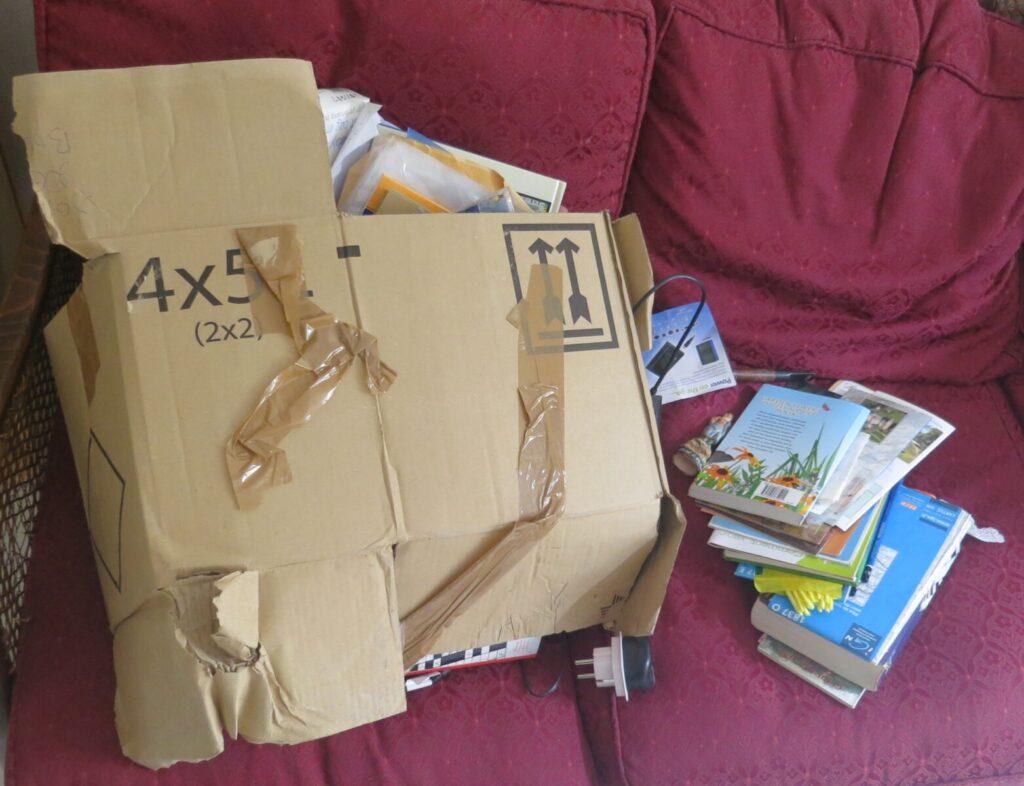I so enjoyed e-Quips post Court Reporting earlier today that I spent several hours searching my own archives for a story of my own – only to come to the conclusion that I could not have published it before. This led me to realise that there was a significant body of work I have not featured – largely because I had been conscious of not breaking confidentiality of individuals.
Somewhere around 1985 I had undertaken team building group work for Lincolnshire NSPCC in our home in Newark. Memorable for the mysterious ash trays this led to several pieces of work for the county Social Services Department, one of which was the assessment of a child abuse case.
No smoking occurred in the rooms in which the team building took place. During the lunch break the members spent the time in our large sun-filled garden. Later I noticed that the ash trays in the rooms were full. The NSPCC staff and brought their stubs inside so as not to spoil the garden.
One of the tasks I had carried out for the Social Services Department had been, in partnership with one of the NSPCC Social Workers, to assess a family child abuse situation.
After some 40 years it seems reasonable to tell this story of my appearance as an expert witness in a County Court I will not name. The Department was rightly taking the position that a close relative should not have direct contact with a very young child; they were offering annual written exchanges with photographs.
The barrister for the defendant, a very beautiful, elegant, young woman with a reputation for seductive charms dressed in a long black skirt bearing a thigh length slit, dismissing the efficacy of photographs, uttered the opinion “people don’t change over time.”
I was too flabbergasted to attempt to be funny, and gave the first response that came to mind, to a man prematurely grey-haired, namely “I think they do. I had a black beard once.” (At least in 1980).
That was it. Everyone in the courtroom, including my interrogator, the judge, and all others with a part to play, collapsed with laughter – as did the case.
This evening we dined on succulent chicken thighs with crisp skin roasted with massive portobello mushrooms; crunchy carrots; firm cauliflower; tender cabbage and broccoli stems, with tasty gravy. I drank more of the Tempranillo.



























































